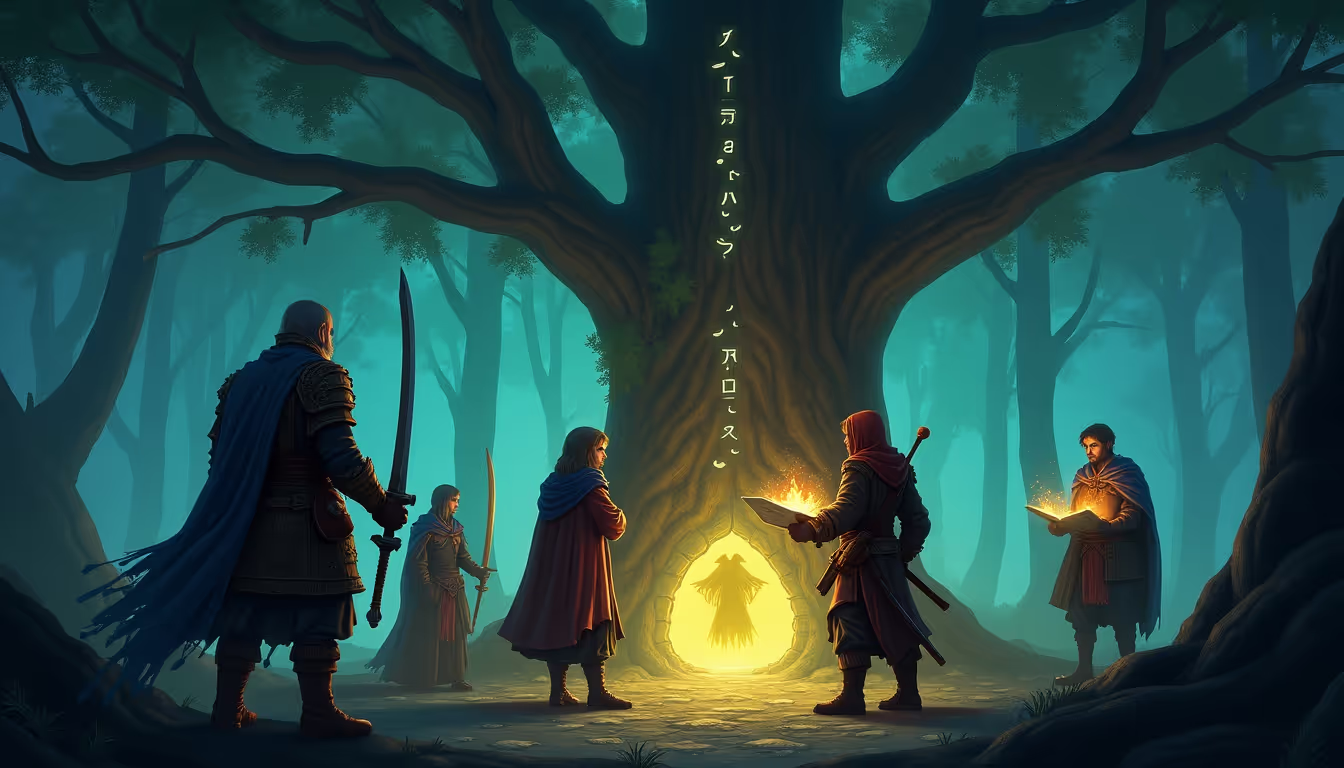The Action-Adventure Game Genre: A Perfect Blend of Story and Gameplay
The action-adventure genre has long been one of the most popular and enduring in gaming. Known for its perfect blend of fast-paced action and engaging storytelling, this genre appeals to players who enjoy thrilling combat, exploration, and puzzle-solving. But what exactly defines an action-adventure game, and how has the genre evolved over time? Let’s take a deep dive into its origins, key features, and impact on the gaming industry.
What Defines an Action-Adventure Game?
Action-adventure games combine elements of action games (such as real-time combat, platforming, and reflex-based gameplay) with adventure mechanics (such as exploration, puzzle-solving, and narrative depth). Unlike pure action games that focus solely on combat or shooters that emphasize firepower, action-adventure games strike a balance between gameplay and storytelling, often featuring open-ended environments, character progression, and immersive worlds.
Core Features of Action-Adventure Games:
- Exploration – Players traverse vast environments, uncovering hidden secrets, side quests, and lore.
- Combat – Whether melee, ranged, or a mix of both, combat is often dynamic and skill-based.
- Puzzle-Solving – Environmental puzzles challenge players to think critically and interact with the world.
- Story-Driven Gameplay – Rich narratives and character development keep players engaged.
- Progression Systems – RPG elements like upgrades, abilities, and skill trees enhance depth.
A Brief History of the Genre
The action-adventure genre dates back to the early days of gaming. Here’s a look at its evolution:
Early Days (1980s–1990s)
- Games like The Legend of Zelda (1986) laid the foundation by combining real-time action with an open world.
- Prince of Persia (1989) introduced fluid animations and cinematic platforming.
- Tomb Raider (1996) blended 3D exploration with puzzle-solving and action-packed combat.
Golden Age (2000s–2010s)
- Titles like The Legend of Zelda: Ocarina of Time (1998) redefined open-world adventure.
- Grand Theft Auto III (2001) introduced open-ended gameplay with action-driven missions.
- Uncharted (2007) set new standards for cinematic storytelling in action-adventure games.
Modern Era (2010s–Present)
- The Last of Us (2013) blended emotional storytelling with tense survival-action gameplay.
- The Legend of Zelda: Breath of the Wild (2017) revolutionized open-world design.
- Elden Ring (2022) merged open-world exploration with Soulslike combat mechanics.
Subgenres and Variations
The action-adventure genre has spawned several subgenres, each with unique gameplay twists:
- Metroidvania – Games like Hollow Knight and Metroid Dread emphasize exploration, backtracking, and unlocking new areas with abilities.
- Survival Action-Adventure – Games like The Last of Us and Resident Evil 4 incorporate resource management and survival mechanics.
- Open-World Action-Adventure – Titles like Assassin’s Creed and Ghost of Tsushima offer vast, immersive worlds filled with activities.
- Stealth Action-Adventure – Dishonored and Metal Gear Solid reward strategic, stealth-based play.
The Impact of Action-Adventure Games on the Industry
The action-adventure genre has influenced nearly every corner of the gaming industry. Its hybrid nature has inspired developers to blend genres, leading to innovative game design. Many of the best-selling and most critically acclaimed games belong to this genre, thanks to their ability to deliver both exciting gameplay and compelling stories.
Why Players Love Action-Adventure Games
- Freedom to Explore – These games give players agency in how they approach challenges.
- Engaging Stories – Strong narratives keep players invested in characters and worlds.
- Varied Gameplay – A mix of combat, puzzles, and exploration ensures a fresh experience.
- Replayability – Many action-adventure games offer branching paths, collectibles, and multiple endings.
The Future of Action-Adventure Games
As gaming technology advances, action-adventure titles continue to push boundaries with:
- More Immersive Open Worlds – AI-driven NPCs and dynamic environments.
- Deeper Player Choice – Games with impactful decisions and branching narratives.
- VR & AR Integration – Enhanced immersion through new technologies.
With upcoming titles like Horizon Forbidden West’s next installment and potential Zelda sequels, the action-adventure genre is far from slowing down.
Final Thoughts
The action-adventure genre remains a cornerstone of gaming, combining the best of action and storytelling. Whether you enjoy exploring vast open worlds, solving intricate puzzles, or engaging in cinematic combat, this genre offers something for everyone. As gaming evolves, action-adventure titles will continue to shape the industry and define what it means to create an immersive, unforgettable gaming experience.
.svg)











